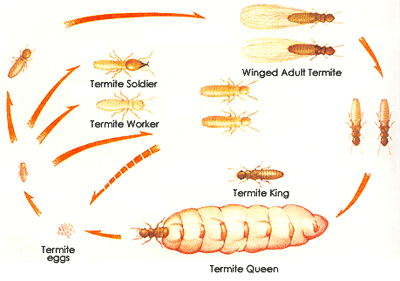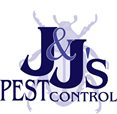
TERMITE CONTROL
Termites live in colonies and feed on the cellulose in wood. They perform a vital function in nature, however once termites move into your house, they can cause significant damage both structurally and financially. If termites enter your house, you should eliminate them as soon as possible. Effective termite programs involve three steps: Identification, Elimination, and Prevention
Termite or ‘white ant’ infestations
Termite or ‘white ant’ infestations treatment and prevention in homes. Do you have termites in or around your home?
Many insects are confused with termites, especially ants. Termites are sometimes referred to as ‘white ants’ because of their pale appearance.
The home owner can discourage termites by remembering these facts:
- termites are attracted to wood, so remove potential termite food away from buildings – their food can include timber stacks, old stumps, building refuse, garden decoration such as sleepers and logs
- waste timber from construction activities is often left in place or stored under the house – remove all timber formwork
- timber can be treated to prevent termite attack, and some timbers are naturally resistant – use treated or naturally resistant timber when it is in contact with, or close to, soil
- termites are attracted to water, so fix leaking water pipes, drains, showers, sinks etc, plus capture water from air conditioning units
- termites prefer humid conditions, so keep air under the house dry by improving sub-floor ventilation, drainage and access
- termites cannot chew through properly laid concrete, so ensure concrete slab is properly designed, compacted, and cured
- termite colonies can sometimes be located – it is possible to eliminate colonies by killing the reproductives (the queen and the king).
Regular inspections are the most important part of controlling termites before they do any damage. Therefore:
- arrange regular inspections – at least once a year in cooler areas and twice a year in warmer areas
- inspect during periods of high termite activity – early spring to late summer is generally the best
- keep the edges of the house (slabs, foundation, piers and stumps) clear of clutter, including garden beds and vegetation
- professional pest controllers are trained in inspecting houses for termite activity – use their services
- home owners can inspect houses themselves more frequently than a professional, if they can identify termite activity.
Hire a licenced professional if you feel your infestation is beyond your capacity to control. When picking a professional, make sure you choose a reputable company who will eliminate your problem completely. Choosing a company solely based on price in this circumstance could be being “penny wise but pound foolish”, as the saying goes!
